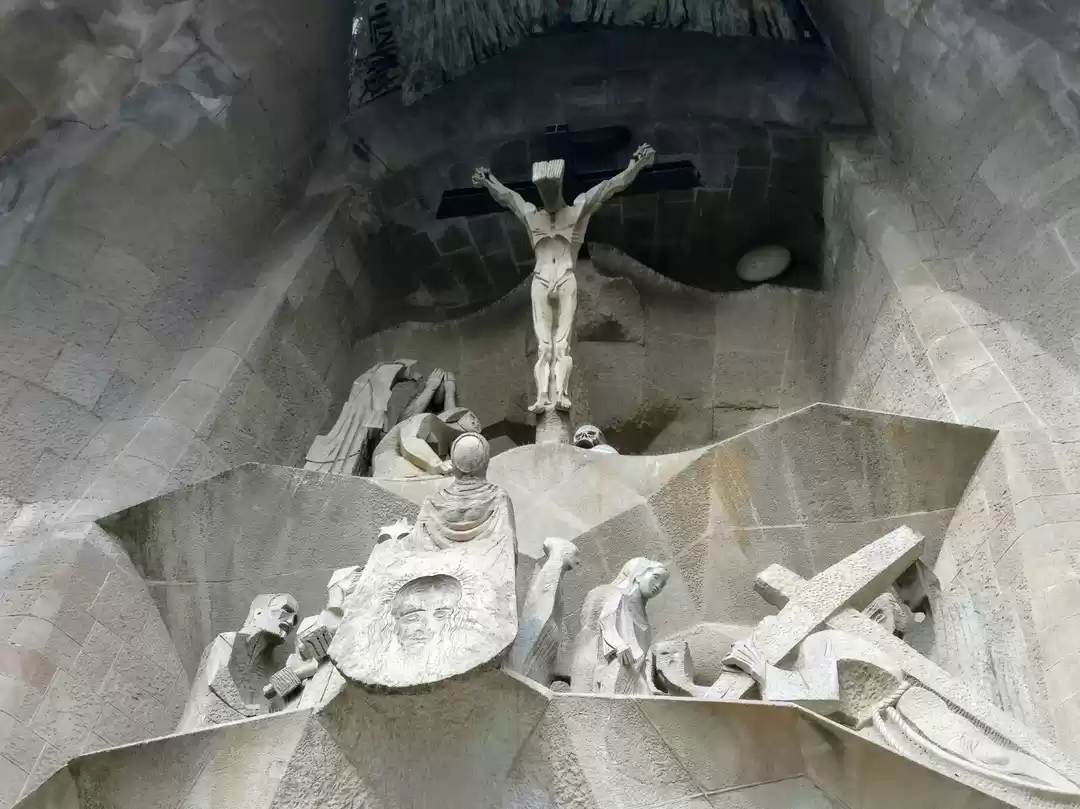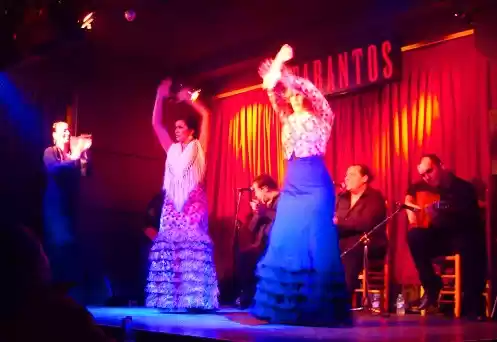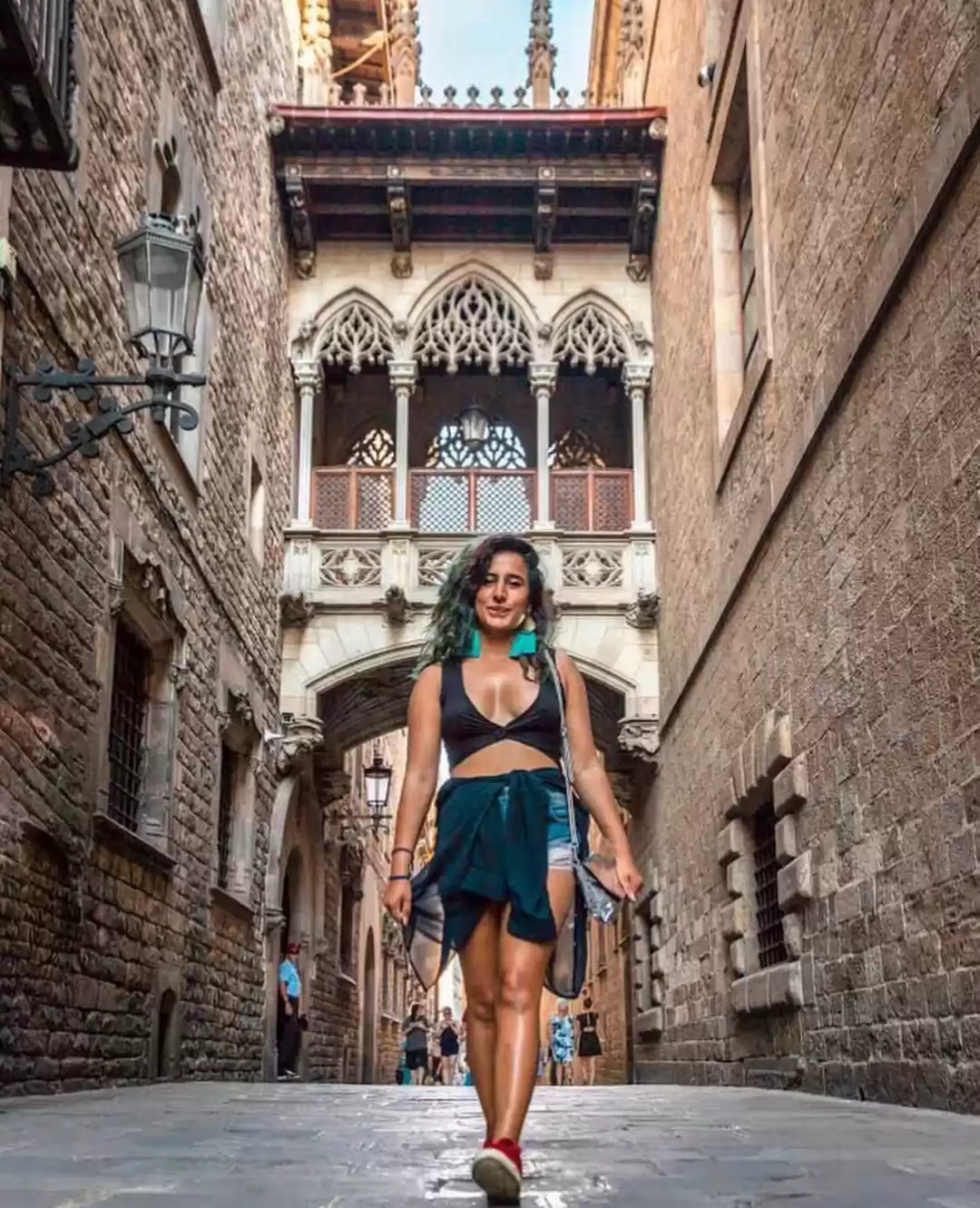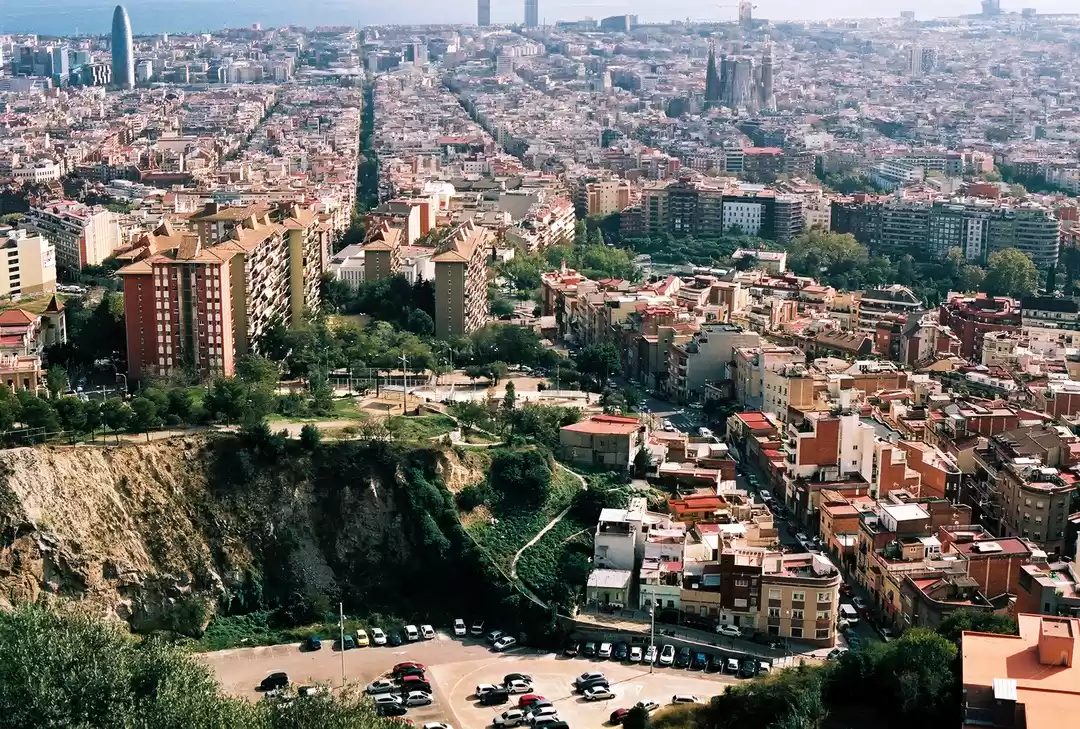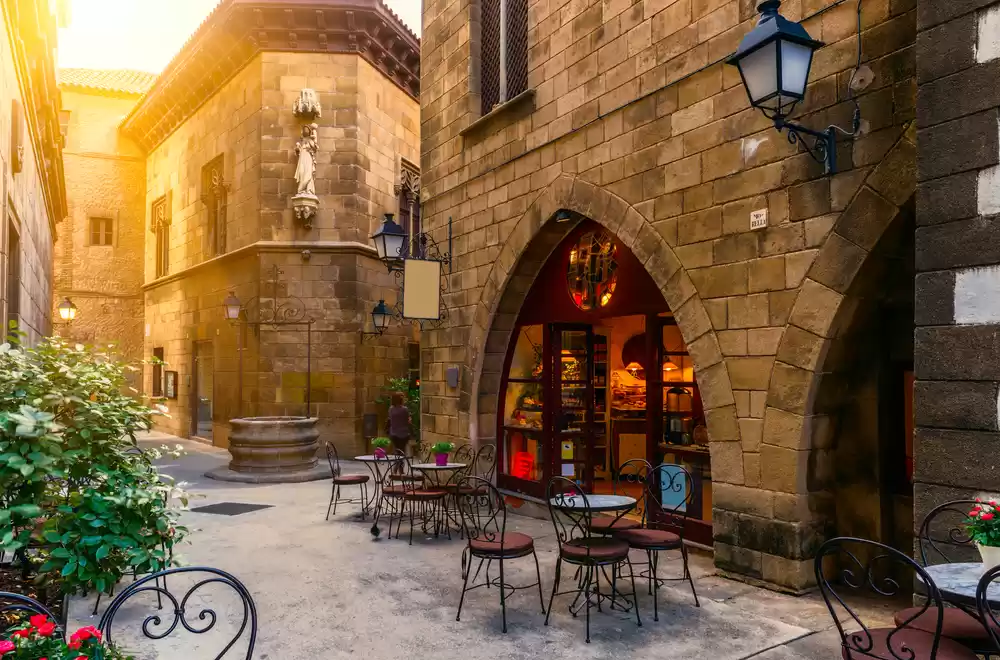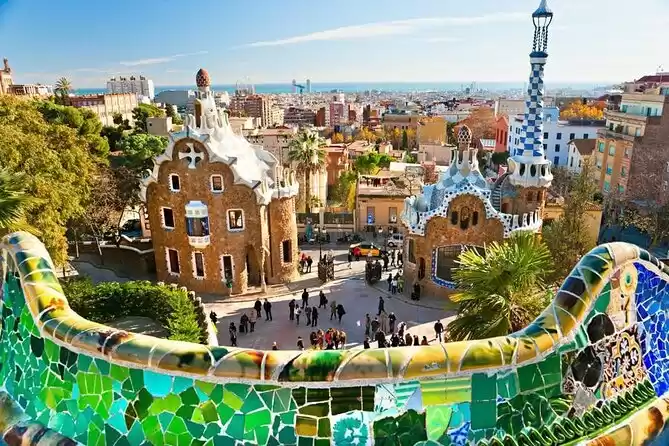As we are nearing the end of the Lenten season, I thought it would be appropriate to share about one of the more interesting religious sites that we have visited. When we visit major cities, we often look for opportunities to take day trips out into the surrounding area. When we visited Barcelona, we took a trip out to a well known monastery, Montserrat.
The Montserrat Mountains near Barcelona give their name to the monastery built into its side. The name means saw tooth or serrated and describes what the mountains look like. The government declared the area a national park in 1987, and it is a popular area for hiking. There are a number of distinctive peaks in the range with the tallest peak being Sant Jeroni (Saint Jerome). It is possible to hike up to the top of the peaks which provides amazing views of the area.
Besides its natural beauty, the location has a long history of religious significance. A legend dating back to 880 tells the story of some shepherds finding a statue of the Virgin hidden in a cave in the mountains. Some believe it was carved in Jerusalem by Luke and later hidden in the mountains for safety during the Moorish occupation of Spain. Because of the statue, a number of hermitages developed on the mountainside. In 1025 a monastery was established becoming independent in 1409.
The Montserrat Monastery has had a significant place in the Catalan culture. There have been periods when the monastery was in decline, but at other times it was a rallying cry for the Catalan community. In 1811 Napoleon's army destroyed the monastery, but rebuilding began in 1858. During the Spanish Civil War the monastery was abandoned after 25 monks were killed. Fortunately the Catalonia government managed to keep it from being ransacked and destroyed.

Through all of this the main spiritual focus has been on the statue of the Virgin Mary. However, if a statue was found in 880, it is not the one currently at Montserrat. The official website of the monastery calls the statue a 12th century Romanesque polychrome carving.
The official name of the Virgin is Our Lady of Montserrat, the patron saint of Catalonia since 1881. She is also often called La Moneta (the dark one) or the Black Madonna as she is black. The reason she is black is a subject for much discussion. The presence of smoke over time or some chemical reaction with the varnish have been suggested as possible reasons. While it was not an attempt to create an African style Virgin, her black color is intriguing. I find it interesting that there is little comment on the fact that the Christ child sitting in her lap is also black.
The Virgin holds a round orb in her right hand. As pilgrims pass by many will kiss or rub the orb as a means to gain favor for healing or other miracles. Clear plexiglass protects the main statue, But the orb sticks through it unprotected. To pass by the Virgin close up pilgrims follow a specific hallway. This is a common pilgrimage, and on a busy day it is said the lines can be long. Fortunately we encountered a short line on our visit so we got in line to get a closer look at this well loved statue.
Pilgrims will find the Virgin high up in the ornately decorated church or basilica. After being damaged in the French War, the basilica was rebuilt in the late 1800s. It is used daily by an active Benedictine monastery which has about 70 to 80 monks. On our visit we followed the line passing by the Black Madonna. It lead us outside through a hall cut right into the rock. Unfortunately, we didn't think to go back inside the sanctuary of the basilica for photos.
Twice a day in the sanctuary the boys choir performs. The boys choir or Escolania at Montserrat has a long history going back as far as the 14th century. The choir is well known throughout Europe and has a reputation for educating musicians with high standards. The boys live at the monastery and study music along with all the other normal studies. Unfortunately when we visited in late July, the boys were on their summer vacation so there was no concert. However, there are a number of YouTube videos of their performances available.
Besides the basilica there are a number of other places to visit on the campus. Among them are the obligatory gift shop and some places to get some food. Of greater significance is the museum. It holds an art collection which includes works from well known artists such as Monet, Degas, and Dali. There are also archeologically significant pieces here from the ancient world. While much of the monastery is free to visit, there is a fee to go into the museum. The monastery also has a large library, but that is not open to the general public.
One interesting and easy walk one can take leads to the Santa Cova or Holy Cave. According to the legend, this is the cave where the Virgin of Montserrat was found many years ago. There is a small chapel build here.
Along the one and a half kilometer route to the cave is a series of fifteen art installations in the side of the mountain. They are scenes from the Mysteries of the Rosary depicting various moments from the life of Christ as well as the Virgin Mary. Various artists created the art including Gaudi. Besides the sculptures, the trail gives views of the valley below and the surrounding mountains. The photos below show only some of the art from the rosary scenes.
The monastery is located outside of Barcelona and is an easy train ride away. There are actually two ways to get up to the monastery. The one we took is by cable car. The five minute ride up gives spectacular views of the valley around you. The Barcelona train stops right at the entrance to the cable cars. At the next train stop is the second way to go up which is by a funicular train. That is a fifteen minute ride up, but since we didn't take it, I can't comment on it.
Whether one goes to hike the mountain side or to seek divine inspiration and encouragement, a day trip out to Montserrat Monastery is definitely worth the time. It is a most unique spiritual site in a beautiful location. To see the original post with its photos at Batteredsuitcase.net click here.
Credits; The picture of the Black Virgin taken by Andrea Lee
















